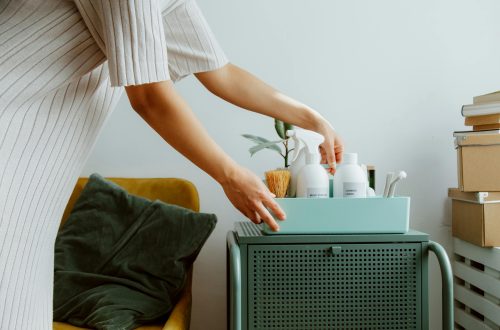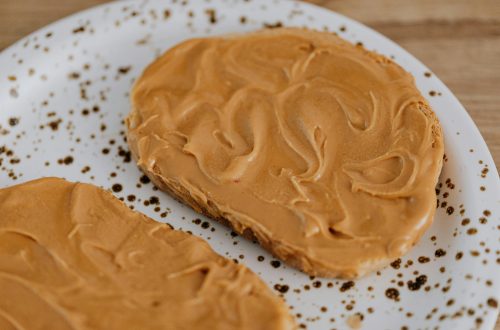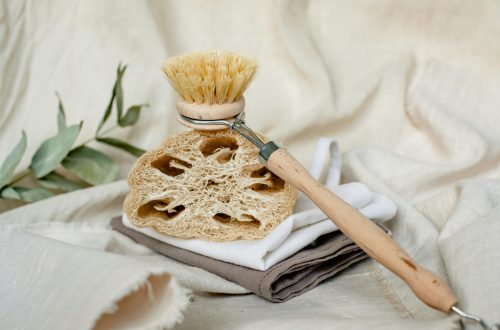Indoor air quality is a growing concern, especially as we spend more time inside our homes. Many commercial air fresheners contain harmful chemicals that can negatively impact health and the environment. Fortunately, there are natural, eco-friendly ways to freshen your indoor air without relying on synthetic fragrances or pollutants. From houseplants to essential oils, these methods not only purify the air but also create a healthier living space for you and your family.
1. Harness the Power of Houseplants
Houseplants are nature’s air purifiers. They absorb carbon dioxide and release oxygen while filtering out toxins like formaldehyde, benzene, and trichloroethylene. Some of the best air-purifying plants include:
- Spider Plant – Easy to care for and effective at removing formaldehyde.
- Snake Plant – Releases oxygen at night, making it ideal for bedrooms.
- Peace Lily – Removes mold spores and common household toxins.
- Aloe Vera – Clears formaldehyde and benzene while doubling as a healing plant.
- Boston Fern – A natural humidifier that combats dry air.
Place a few of these plants in key areas like the living room, bedroom, and kitchen to improve air quality naturally. Just remember to keep them well-watered and in appropriate lighting conditions.
2. Use Essential Oils for Natural Fragrance
Essential oils are a chemical-free way to freshen indoor air while offering therapeutic benefits. Unlike synthetic air fresheners, they don’t release harmful volatile organic compounds (VOCs). Here’s how to use them:
Diffusers
An essential oil diffuser disperses tiny oil particles into the air, creating a pleasant aroma. Some great options include:
- Lavender – Promotes relaxation and reduces stress.
- Eucalyptus – Clears congestion and improves respiratory health.
- Tea Tree – Has antibacterial and antifungal properties.
- Lemon – Uplifts mood and neutralizes odors.
DIY Air Freshener Sprays
Mix water with a few drops of your favorite essential oil in a spray bottle for a quick, natural air freshener. Spritz lightly around the room to eliminate odors without harsh chemicals.
3. Improve Ventilation Naturally
Stale indoor air can be a breeding ground for pollutants. Proper ventilation is key to maintaining fresh air inside your home. Try these simple methods:
Open Windows Regularly
Even in colder months, opening windows for just 10-15 minutes a day can significantly improve air circulation. This helps remove trapped pollutants and brings in fresh outdoor air.
Use Exhaust Fans
Kitchens and bathrooms are hotspots for moisture and odors. Running exhaust fans while cooking or showering prevents mold growth and keeps the air fresh.
Cross-Ventilation
Open windows on opposite sides of your home to create a cross-breeze. This allows fresh air to flow through and push out stale air efficiently.
4. Natural Odor Absorbers
Instead of masking odors with artificial sprays, use natural odor absorbers to neutralize smells at the source. Here are some effective options:
Baking Soda
Baking soda is a powerful, non-toxic odor neutralizer. Place small bowls of baking soda in areas prone to bad smells, like the fridge, trash can, or near pet beds. Replace every few weeks for best results.
Activated Charcoal
Activated charcoal traps odors and toxins in its porous surface. Use charcoal bags in closets, shoes, or any enclosed space to keep the air fresh.
White Vinegar
Vinegar is excellent at absorbing strong odors. Leave a bowl of white vinegar overnight to neutralize smells in kitchens or bathrooms.
5. Reduce Indoor Pollutants at the Source
Preventing indoor air pollution is just as important as freshening it. Here are some ways to minimize pollutants in your home:
Avoid Synthetic Fragrances
Candles, plug-in air fresheners, and aerosol sprays often contain phthalates and other harmful chemicals. Opt for natural alternatives like beeswax candles or essential oils instead.
Choose Non-Toxic Cleaning Products
Many cleaning products release VOCs that degrade air quality. Switch to eco-friendly, plant-based cleaners or make your own with ingredients like vinegar, baking soda, and lemon.
Control Humidity Levels
High humidity encourages mold and mildew growth. Use a dehumidifier if necessary, and fix leaks promptly to maintain a healthy indoor environment.
Conclusion
Freshening your indoor air doesn’t require expensive gadgets or chemical-laden products. By incorporating houseplants, essential oils, proper ventilation, natural odor absorbers, and reducing pollutants at the source, you can create a healthier, more pleasant living space. These eco-friendly methods not only improve air quality but also contribute to a sustainable lifestyle. Start implementing these tips today and breathe easier knowing your home is naturally fresh and toxin-free.






